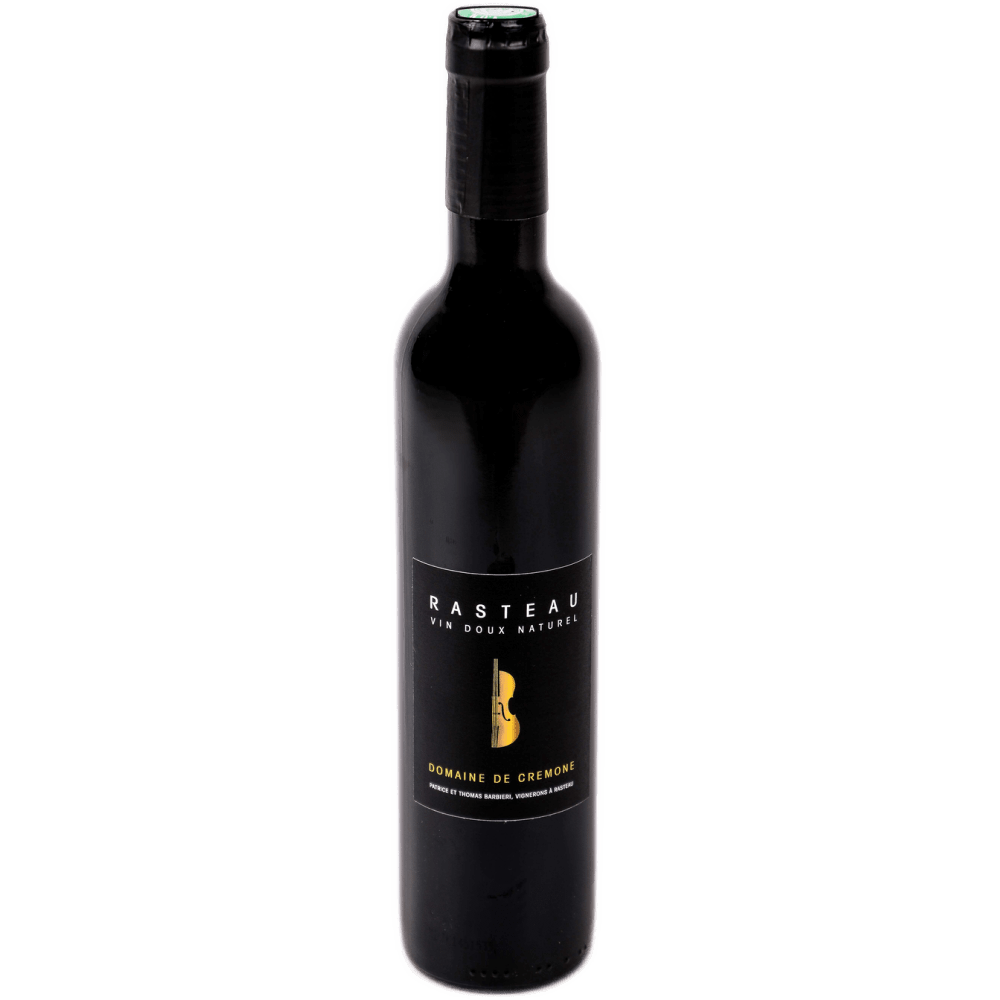No products in the cart.
Domaine de Cremone Vin Doux Naturel Rasteau Tuilé 2016
Grenache
Clay and limestone with many pebbles. North-west exposure brings great freshness.
A fortified wine made from 50 year old Grenache vines which is aged for three and a half years in vat with no topping up. As such, air replaces the evaporated wine, giving a slight caramelised oxidation. Really delicious wine that has a superb balance of sweetness and acidity. Reach for the chocolate cake!
15.00€
Shipping costs are calculated per box of 6 bottles. Each box can contain a mixed selection of wines.
Beyond the Label
Reviews
Beyond the Label
Style
Sweet Red
Vintage
2016
Region
Rasteau, Rhône, France
Drinking time
3 to 20 years
Grape varieties
Grenache
Reviews
Only logged in customers who have purchased this product may leave a review.
Producer profile
Patrice Barbieri ran a transport company specialising in wine before he bought a somewhat neglected property with associated vineyards on the border between Cairanne and Rasteau in 2013. He runs the domaine with his son Thomas. The domaine name refers to the Italian city of Cremonde, the birthplace of Patrice’s father and the famous violin crafter Antonio Stradivari. The family estate has 10 ha of vines on the slopes of Rasteau with a north-western exposure and 7 hectares on Cairanne. The appreciable proportion of old vines enables them to produce authentic wines with character. They have a deep respect for their land and their vines. The Grenache vines of Rasteau cru were planted in 1953, so they take great care of them – it is almost like love that they feel for them! The vines are not clones, evidenced by the fact that each vine grows different. No chemicals are used in the vineyard they have started working with an agronomist to analyse their terroirs and to guide them through all the steps to go biodynamic. Half of their vineyards are exposed to the North West and on the slopes, which gives great freshness to the wines. They favour manual work and only use copper and sulphur in the vineyard to combat fungal diseases. They weed their vines mechanically or manually. They favour late harvesting to ensure full skin ripeness which give softer tannins. All the grapes are harvested by hand and only in cool temperatures of each morning. The grapes are sorted in the vineyard, harvested in boxes and then brought to the cellar in a refrigerated truck. The wines are vinified in a natural way without the addition of chemical products. They favour co-fermentation of the grapes varieties, where possible. The low yielding old vines provide concentrated wines, so they only use very gentle (grape skin) extraction methods on the reds in the cellar.

Other Wines of Interest
If you like this wine, we recommend you try


Reviews
There are no reviews yet